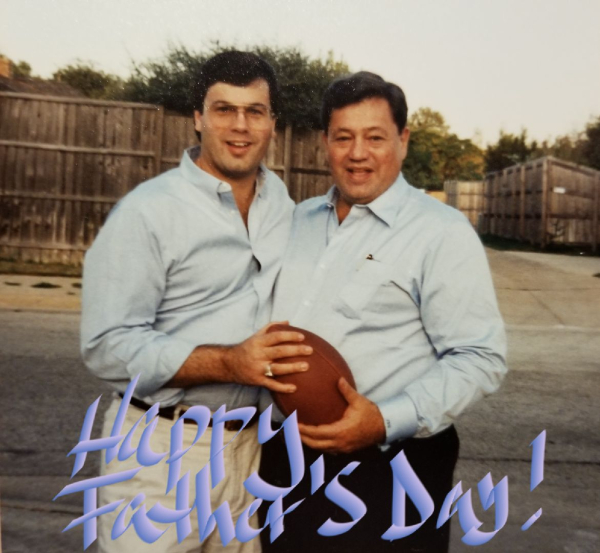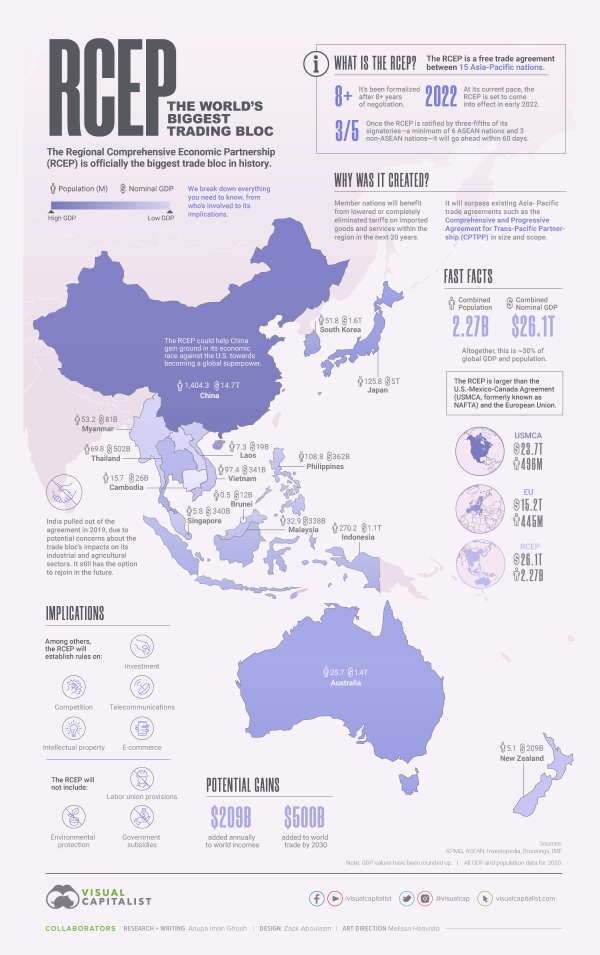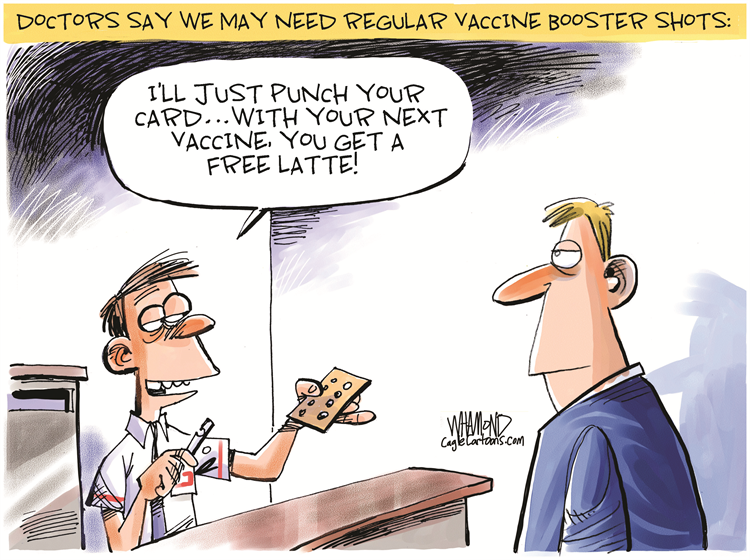Just because we perceive something, doesn't mean it's true.
Ten people can witness an accident, and all perceive different things.
Often, our eyes see, and our ears hear, just what we expect them to see or hear.
And with news, rumors, and urban myths, it is important to remember that just because many people say something – it doesn't mean it's true either.
Confirmation bias is dangerous whether we are looking for a reason to do something or not do something. Likewise, confirmation bias is dangerous whether you are looking to buy or sell.
The truth is that humans can make things up … but we also can notice things and infer meanings that aren't there. Sometimes we also assume cause when coincidence is more likely.
I suppose there was an evolutionary benefit to our ancestors who were able to infer danger before it ate them. Nowadays, it's probably better if we temper those instincts a little.
Why Do We See Patterns In Random Data?
The human mind is especially good at finding patterns in data.
Often, I believe that I can see a pattern in random data. OK, I understand that I don't really see patterns in random data; but to me, it seems like there are patterns in the random data.
This happens because we don't look at data neutrally. That means when the human eye scans a chart, not all data points get equal weight. Instead, we tend to focus on outstanding cases, and we tend to form our opinions on the basis of these special cases.
In other words, it is human nature to pick up the stunning successes (or failures) of the method and to overlook the more common performances. It's one of the reasons that I moved from marking up charts myself, to using computers, to leveraging a team of data scientists and advanced A.I.
Human fear, greed, and discretionary mistakes make it hard for humans to understand or predict markets.
Understanding Markets
In reality, there is no such thing as a "Market" … It is really just a collection of separate traders – and only some are human.
One of the reasons that markets experience great volatility is that different groups buy or sell for different reasons at different times.
Consequently, even if one group trades using a consistent set of rules, a strategy that effectively combats it only works until that group stops trading those rules.
And though there are "patterns" in trading, they're essentially random to you or me. Because they can happen in different time frames, or scales, or orders.
I shot a video that goes into more detail.
Conclusion
In trading, predicting markets is much different than using math and statistics to measure the performance of a technique (or a library of techniques). If markets are random, why waste even a minute trying to predict random. Instead, figure out something valuable that you can predict or know.
While I often believe I see patterns in markets, I know better than to make trading decisions off of those perceptions.
The amount of traders is growing, the diversity of traders is growing, and the speed at which trades are made is growing. As a result, there's more confusion, more volatility, and more noise.
It's all about finding the signal from the noise, and making finer distinctions – because if you don't know what your edge is, you don't have one.
Hope that helps.


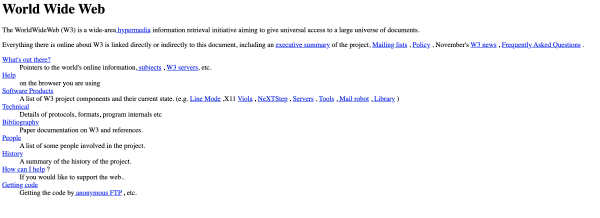 via
via 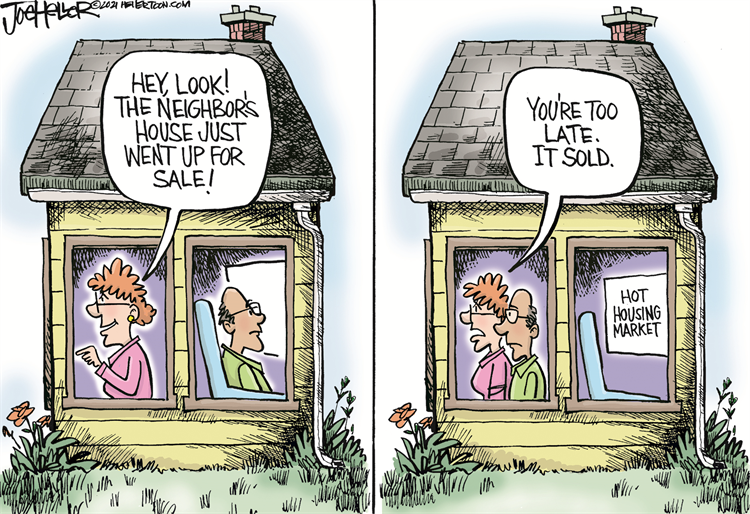
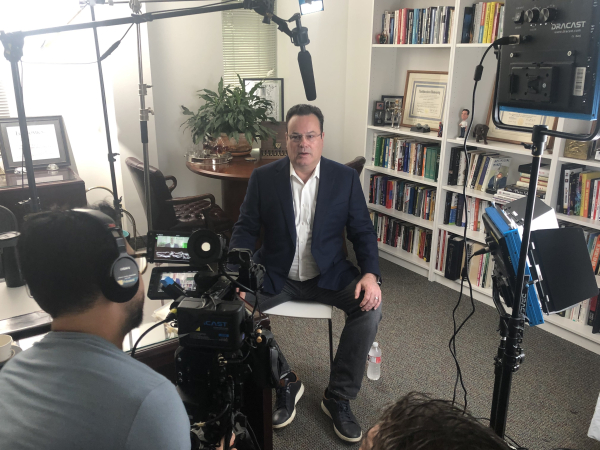
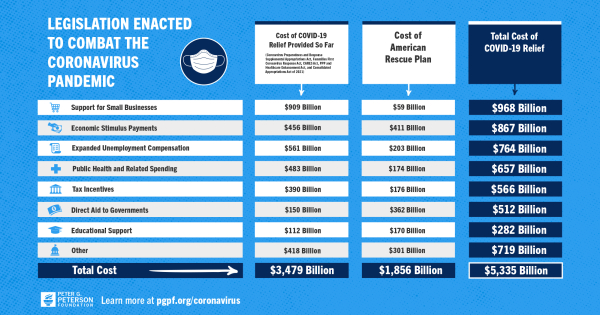 via
via 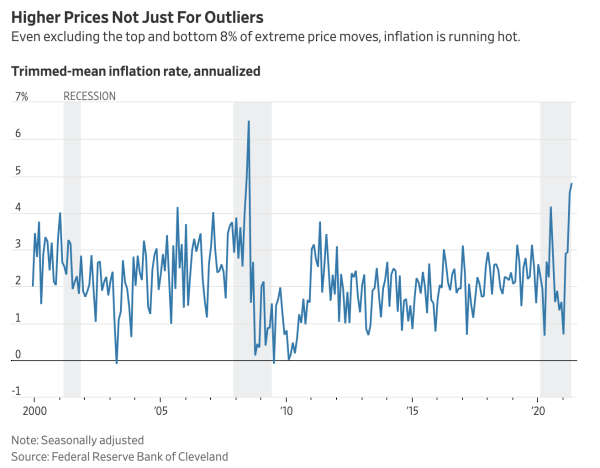 via
via 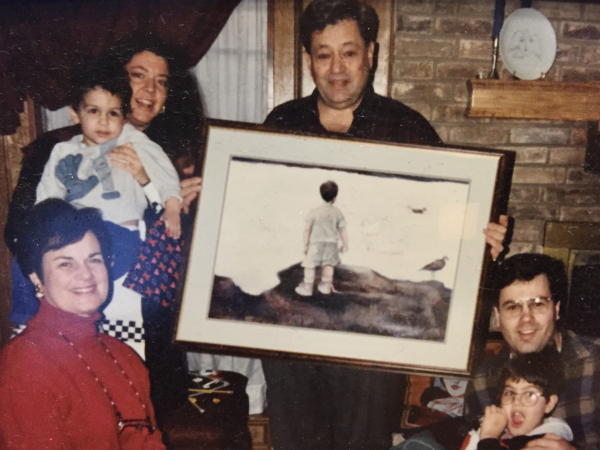 Three Generations of Getsons
Three Generations of Getsons